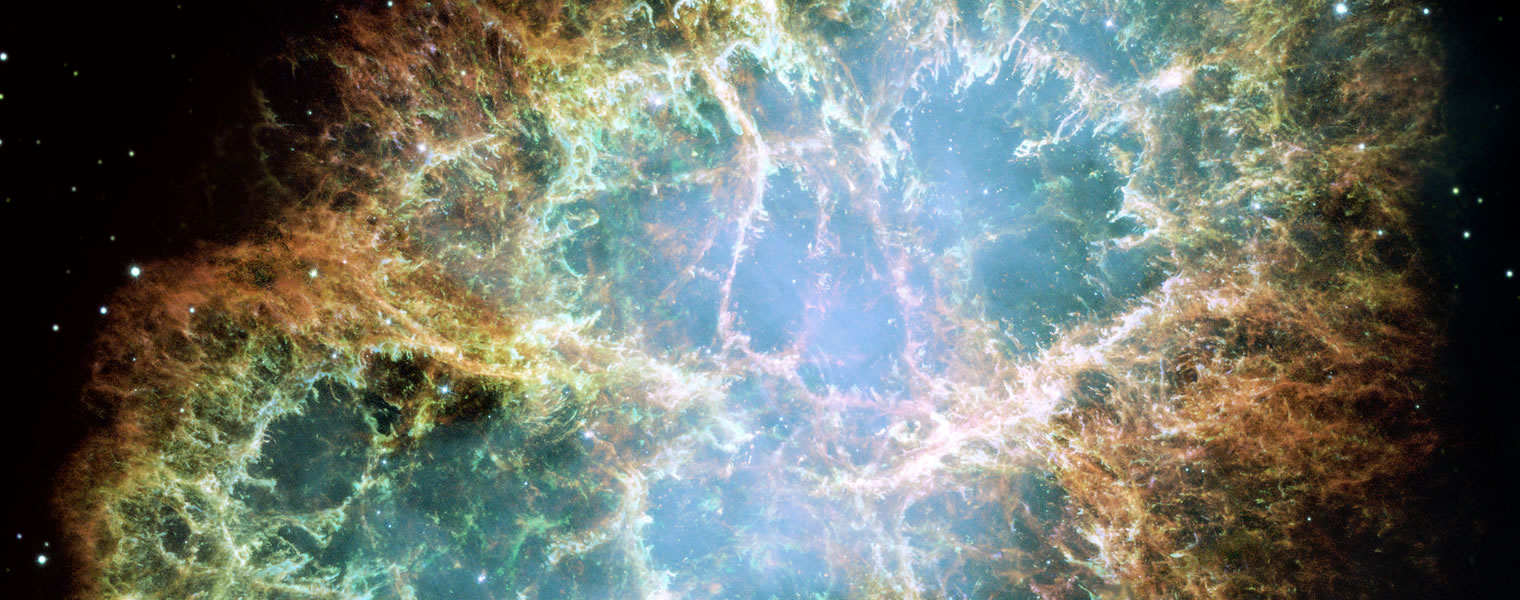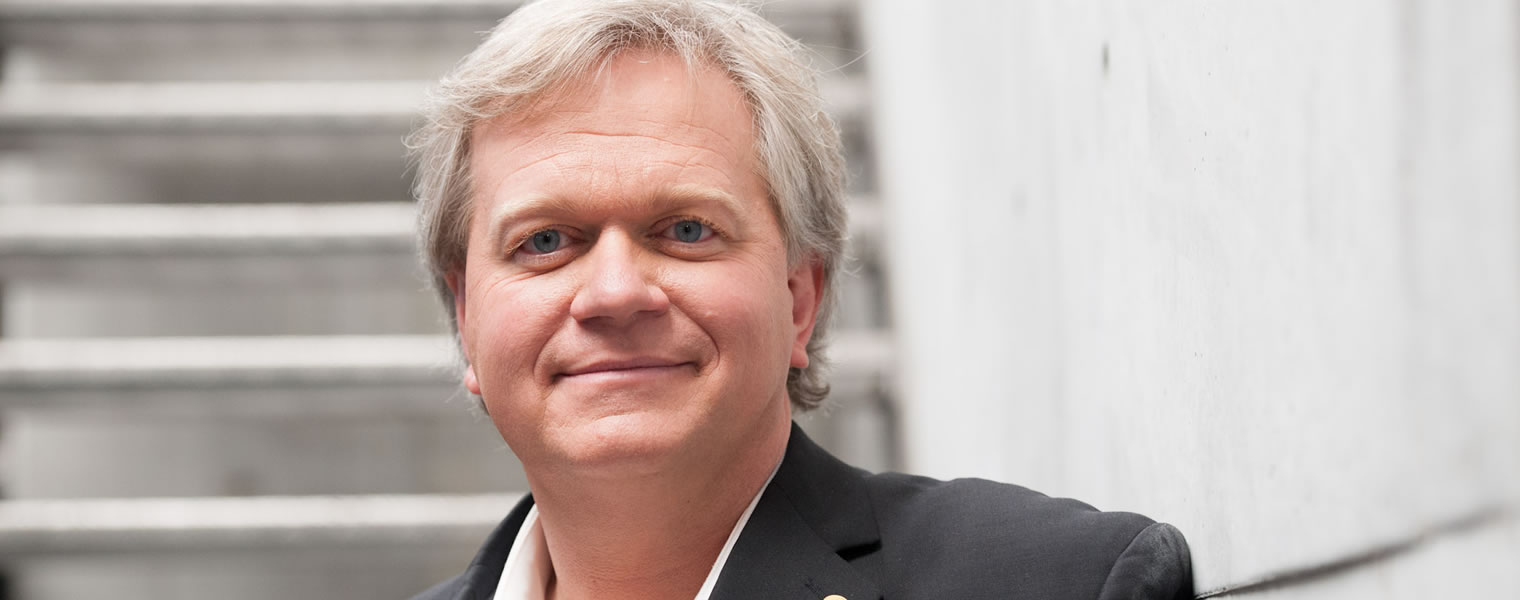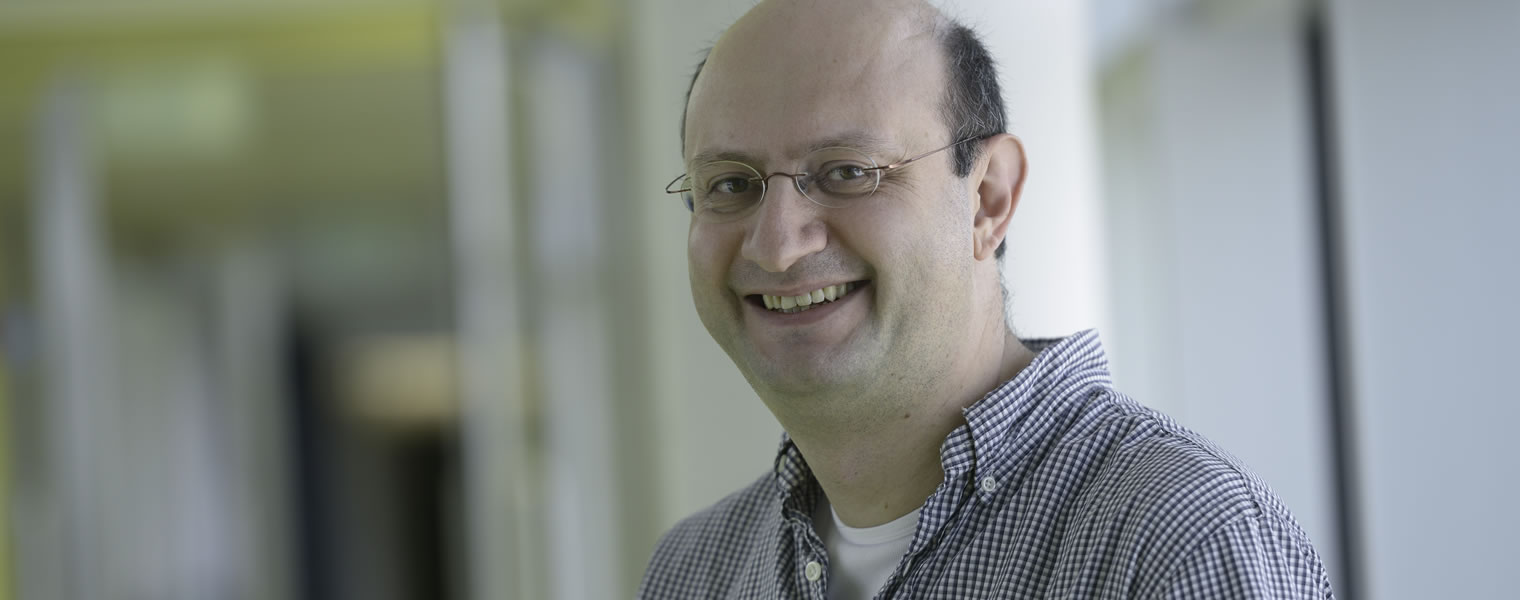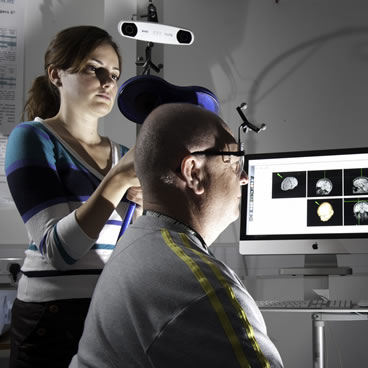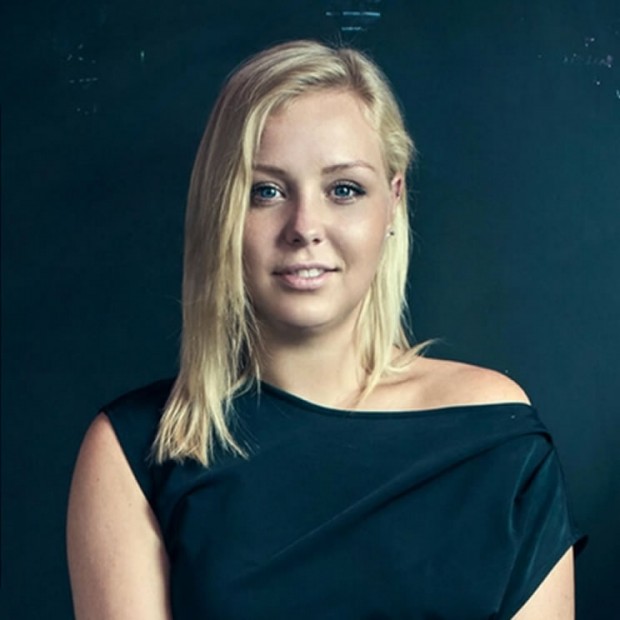Hartley News Online Your alumni and supporter magazine
If Stargazing Live, on our screens last month, made you stop and think about the Universe, you may have wondered why we don’t know what most of it is made up of. We talk to three experts whose research is shedding light on the elusive dark energy, which makes up 70 per cent of the Universe.
Professor Brian Schmidt, 2011 Nobel laureate, astronomer and Vice-Chancellor at the Australian National University, and Diamond Jubilee International Visiting Research Fellow at the University of Southampton:
In 1998 my team found evidence that the Universe is accelerating in its expansion. The only way that this can happen is for another force to be acting against gravity, so our discovery indicated that there is some kind of energy that is part of the fabric of space. This was dubbed ‘dark energy’. We don’t know what it is yet; it is spread so thinly in such minute quantities that no one has been able to measure it.
We are part of a joint programme called the Dark Energy Survey, in collaboration with the University of Southampton and other research groups in Australia, the US and UK, to make a better measurement of the acceleration of the Universe and dark energy.
Dark energy gives us our first opportunity to measure the interaction between two fundamental forces of nature: the force of gravity and quantum mechanics (the behaviour of very small matter such as atoms and photons). Understanding the intersection between these forces is the whole idea of the ‘theory of everything’. You never know what will come out of this research field; Wi-Fi was invented by one of my Australian radio astronomer colleagues studying this interaction between gravity and quantum mechanics.
Professor Mark Sullivan (MPhys with Astronomy, 1998), Physics and Astronomy at Southampton:
I find it fascinating that we don’t know what 70 per cent of the Universe is. I was doing my PhD at Cambridge at the time of Brian’s discovery of the accelerating Universe and dark energy, and I remember reading the papers and thinking that it’s astonishing that we have so little knowledge of such an important component of the Universe. I switched the direction of my research so that I could work on this problem and I have been working on it ever since. Although we are making more and more precise measurements of what dark energy could be and we have ruled out a number of theories, it is really surprising how little we still know about what dark energy is and in general how little we know about what 95 per cent of the Universe is: the problem of dark energy and dark matter.
A popular way of measuring the expansion of the Universe is to use objects in astronomy that are called ‘standard candles’. These are objects that have the same brightness everywhere in the Universe. So if you can measure how bright they appear to be for us on the Earth when we see them in the sky and we know how bright they are in reality, we can work out how far away these objects are.
We use supernovae, which are exploding stars. And a particular subtype called ‘type 1A’ supernovae. These are the same objects that Brian used in the 1990s to infer that the Universe is accelerating its expansion. Since then, we’ve been generating larger and larger samples of these supernovae, refining the techniques that were pioneered in the 1990s and making more precise measurements.
These new experiments are changing the way that astrophysics and astronomy have worked historically. The traditional picture of the astronomer going to the telescope with his graduate student making some observations, testing against the theory and publishing it in a scientific journal is becoming outdated. Now it is about big global collaborations, which you need to put together to get the telescope time required to make these important measurements.
In the future we will be able to link into some of the theoretical work that Professor Kostas Skenderis is doing here in Mathematics at Southampton.
Professor Kostas Skenderis, Director of the Southampton Theory Astrophysics and Gravity (STAG) Research Centre:
As a theorist, my research aims to develop physical laws that explain the Universe from the very small to the very big. The problem of dark energy is perhaps the biggest conundrum of modern physics because the theories we currently have can’t explain what we see. If we tried to theoretically predict the value of the dark energy, we get an answer that is 120 orders of magnitude bigger than what Brian measured in 1998. To give you an idea of the enormity of this difference, suppose the dark energy is the volume occupied by an atom; our theoretical computations then give an answer which is roughly the volume of our entire observable Universe.
The so-called ‘theory of everything’ combines the quantum world with gravity and this has not yet been worked out. The challenge is that there is nowhere in our everyday lives that we can see gravity interacting with quantum mechanics, except for perhaps this dark energy. What we really need is new theoretical ideas that will change the way we view physical reality. Here at Southampton we are approaching this challenge by combining the theories of gravity and quantum mechanics using something called the holographic principle, which visualises the Universe in two-dimensions, similar to the way holograms work on credit cards. Ultimately our aim is to come up with a theory that matches the observations that Brian and Mark’s teams measure.
Solving this problem is probably going to change the way we perceive reality. This is why this is the most important problem in theoretical physics.
To find out more, visit www.southampton.ac.uk/stag
